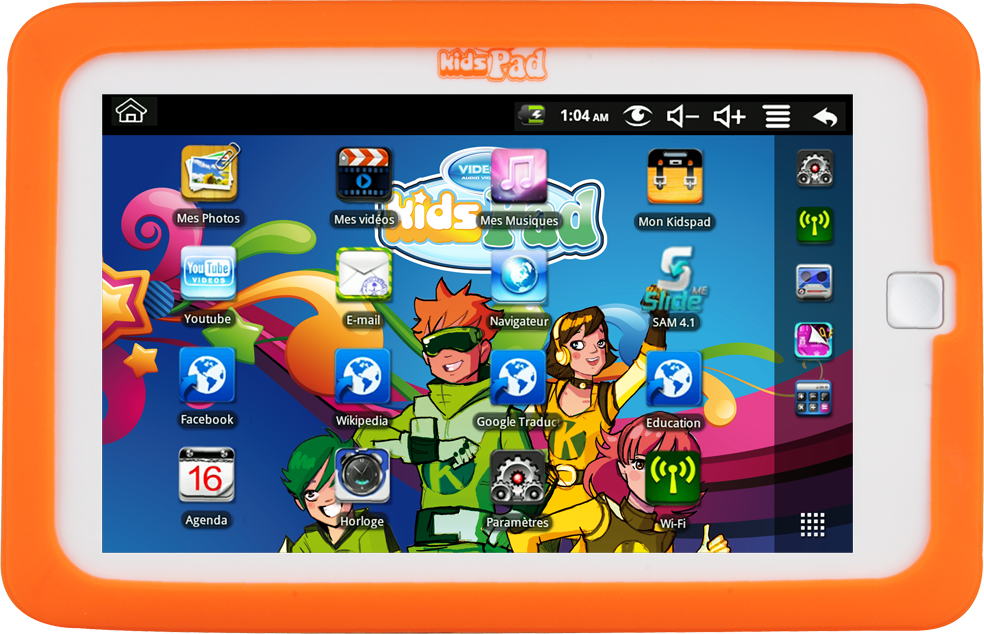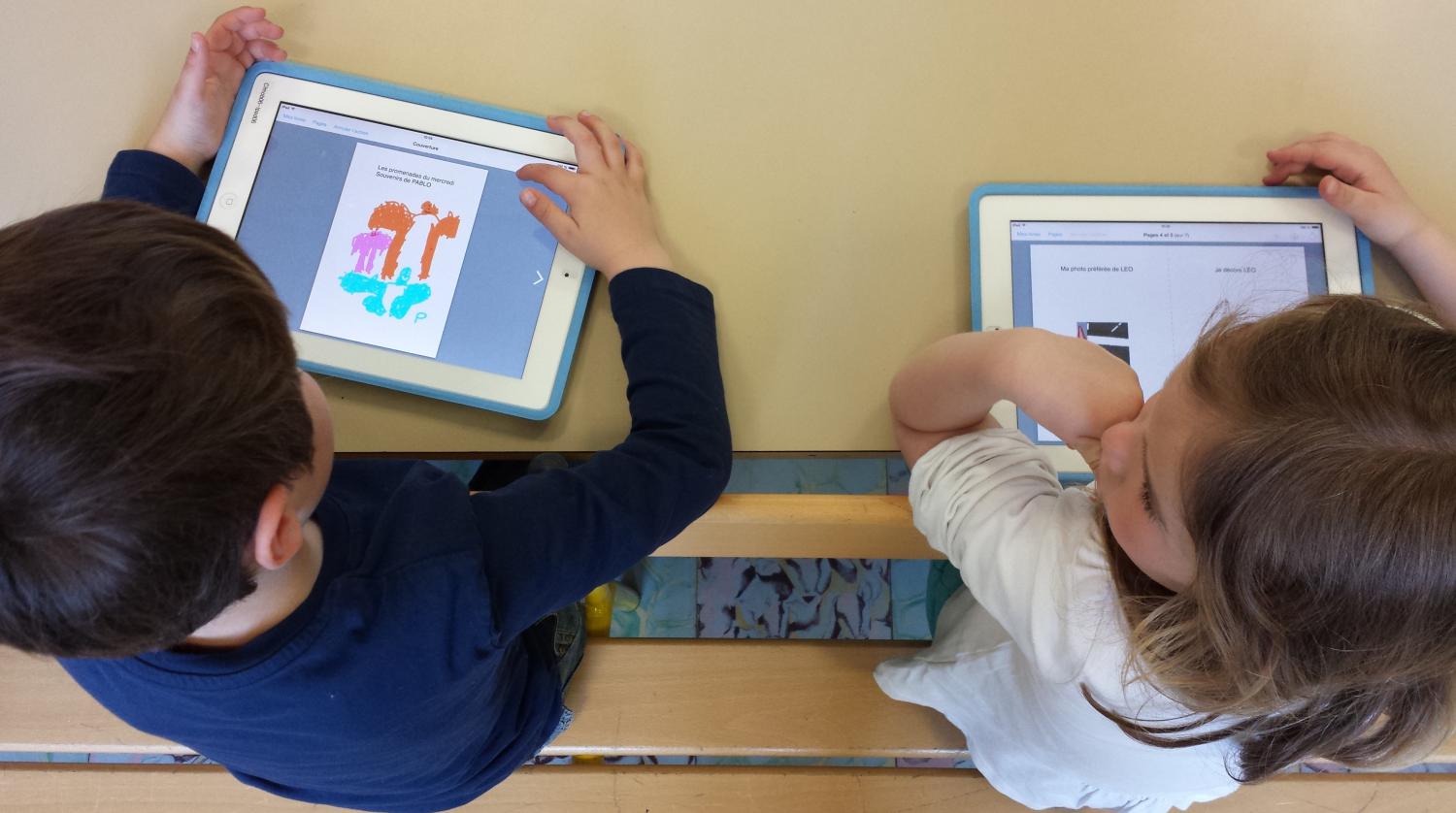Jean M. Twenge, Gabrielle N. Martin, and Brian H. Spitzberg. San Diego State University.
Trends in U.S. Adolescents’ Media Use, 1976–2016: The Rise of Digital Media, the Decline of TV, and the (Near) Demise of Print.
Studies have produced conflicting results about whether digital media (the Internet, texting, social media, and gaming) displace or complement use of older legacy media (print media such as books, magazines, and newspapers; TV; and movies). Here, we examine generational/time period trends in media use in nationally representative samples of 8th, 10th, and 12th graders in the United States, 1976 –2016 (N=1,021,209; 51% female). Digital media use has increased considerably, with the average 12th grader in 2016 spending more than twice as much time online as in 2006, and with time online, texting, and on social media totaling to about 6 hr a day by 2016. Whereas only half of 12th graders visited social media sites almost every day in 2008, 82% did by 2016. At the same time, iGen adolescents in the 2010s spent significantly less time on print media, TV, or movies compared with adolescents in previous decades. The percentage of 12th graders who read a book or a magazine every day declined from 60% in the late 1970s to 16% by 2016, and 8th graders spent almost an hour less time watching TV in 2016 compared with the early 1990s. Trends were fairly uniform across gender, race/ethnicity, and socioeconomic status. The rapid adoption of digital media since the 2000s has displaced the consumption of legacy media.




